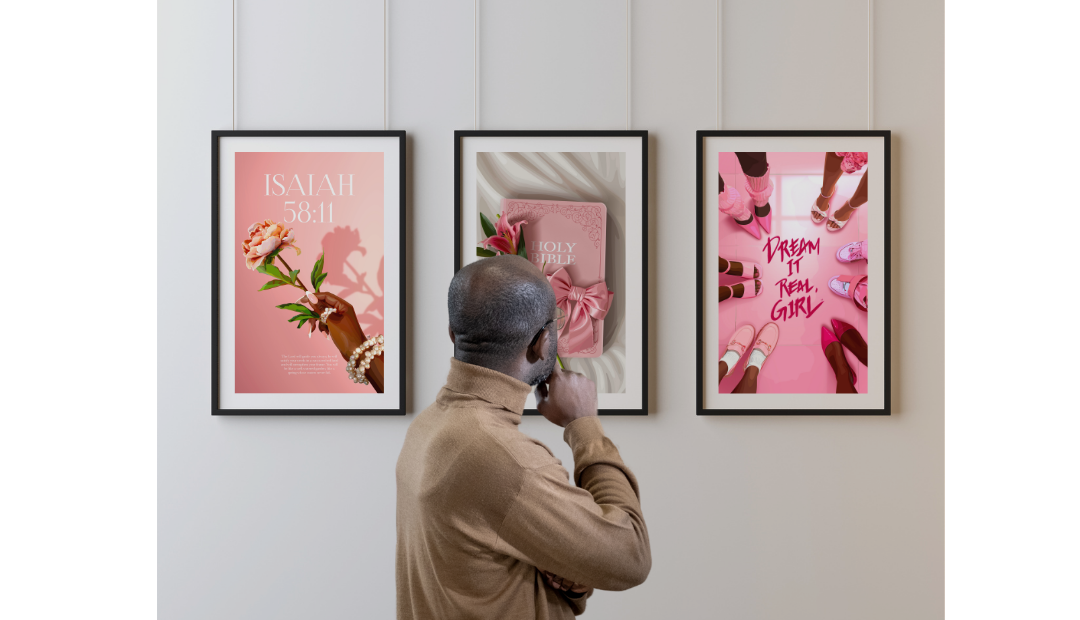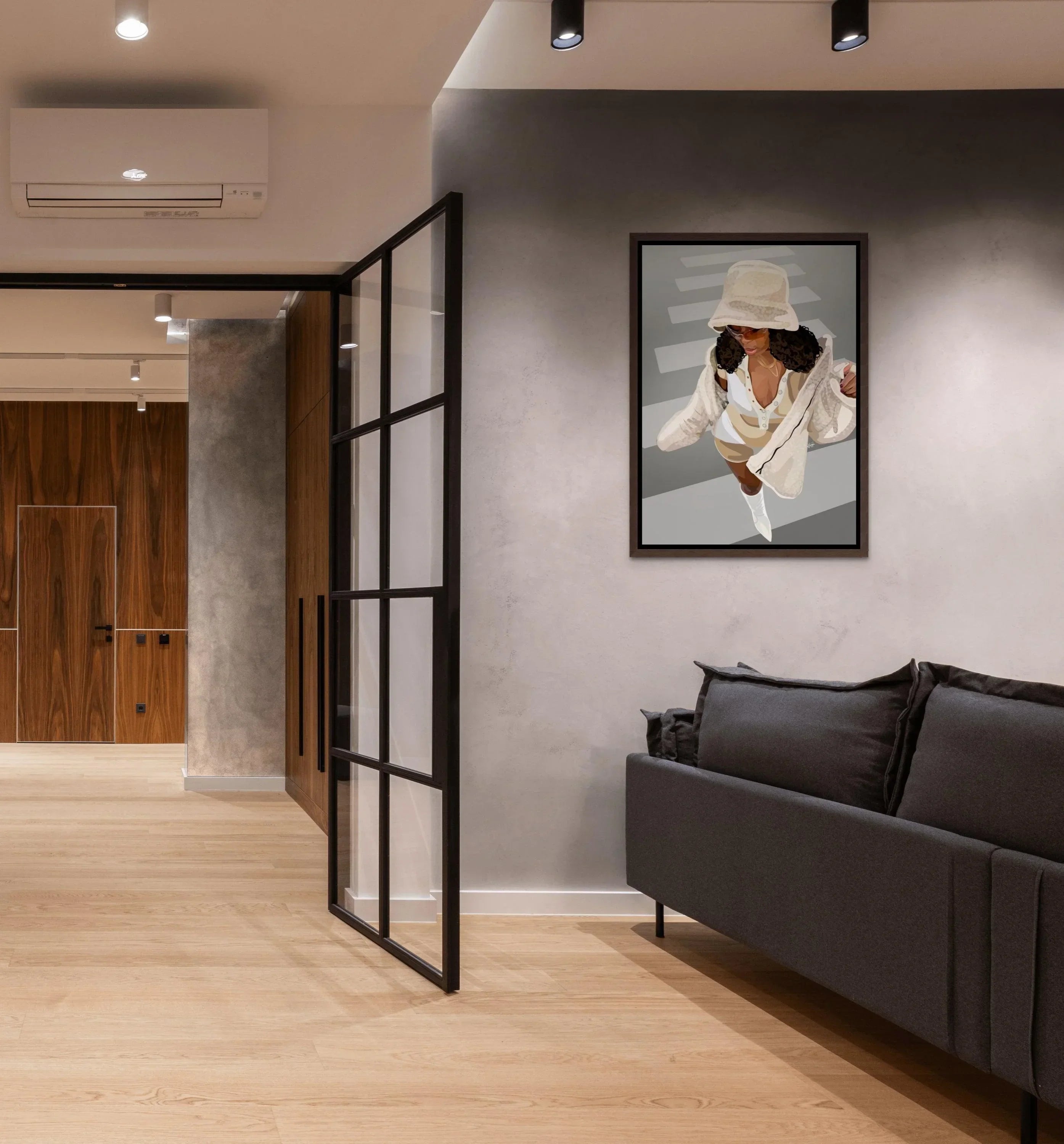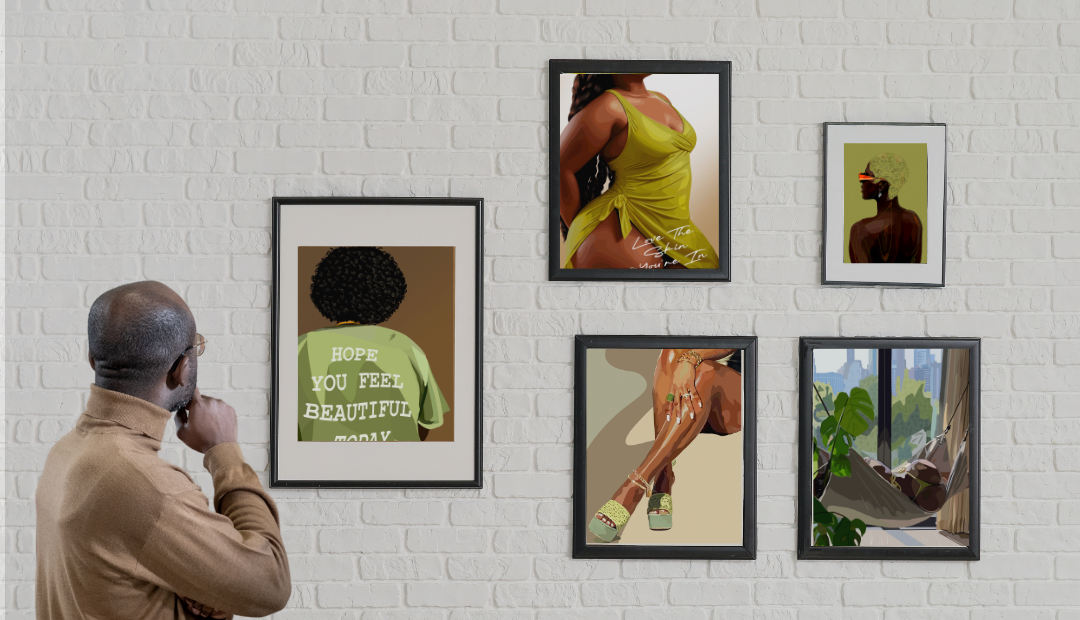Why Placement Is Just as Important as the Art Itself
You’ve found the perfect piece of wall art-something that speaks to your style, your space, and your story. But where and how you hang it can make or break the impact it has in a room. Art placement is more than just nailing something to the wall; it’s about creating harmony, visual balance, and a natural flow in your space. One small adjustment in height can shift a piece from awkward to breathtaking.
The Golden Rule of Eye Level
Interior designers often swear by one universal rule: hang artwork so the center of the piece sits at eye level-typically around 57 to 60 inches from the floor. This rule helps ensure the art is naturally viewed without strain or disconnect. It’s especially useful in living rooms, hallways, and bedrooms where you’ll likely be viewing art while standing or walking by. For gallery-style walls, use the 57-inch rule as the center anchor and build out from there.

Adjusting for Furniture and Room Type
While the eye-level rule is a great starting point, there are times you’ll need to adapt. When hanging art above furniture-like a couch, console, or bed; keep the bottom of the artwork 6 to 12 inches above the furniture. This creates cohesion and prevents floating visuals. In dining rooms or lounges where people are seated more often, you can consider hanging artwork slightly lower to fit the seated sightline.

Groupings and Visual Weight
When dealing with multiple pieces; like a grid, triptych, or gallery wall, consider the overall shape and visual weight of the arrangement. The center of the grouping should still fall near eye level, but spacing, symmetry, and balance become even more crucial. Keep spacing consistent (about 2 to 3 inches between frames), and don’t let any one piece feel isolated. Treat the whole group as one unified composition.

Final Thoughts: Step Back and Observe
Before you commit to the hammer and nails, use painter’s tape or paper cutouts to visualize your layout. Step back, adjust, and see how the piece interacts with the space and light. Sometimes the best spot isn’t what you initially imagined, but that’s the beauty of curating. Remember, wall art isn’t just decoration—it’s storytelling. And every great story deserves the perfect stage.






































Leave a comment
This site is protected by hCaptcha and the hCaptcha Privacy Policy and Terms of Service apply.